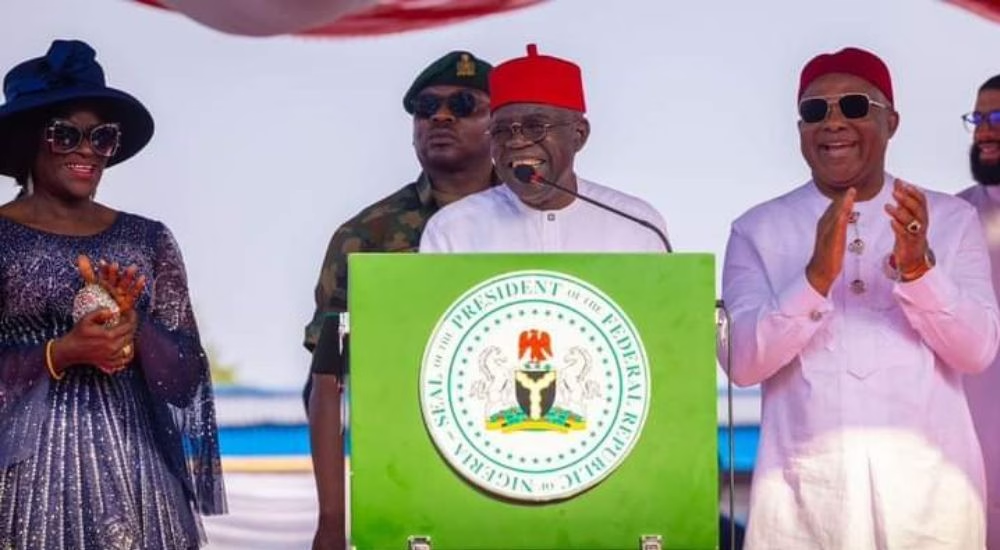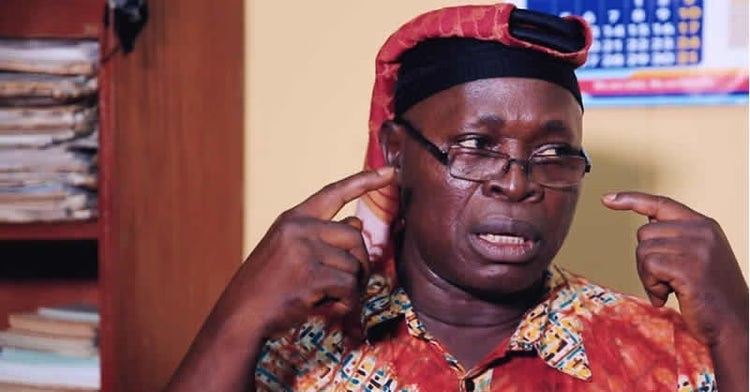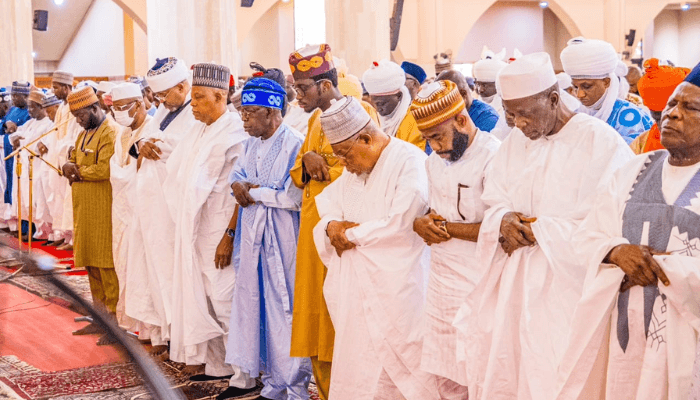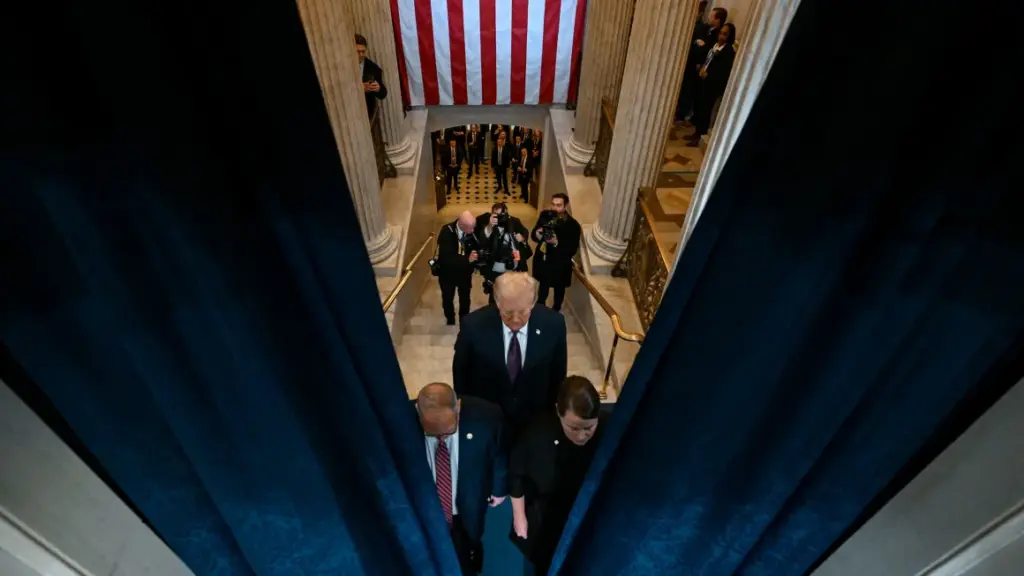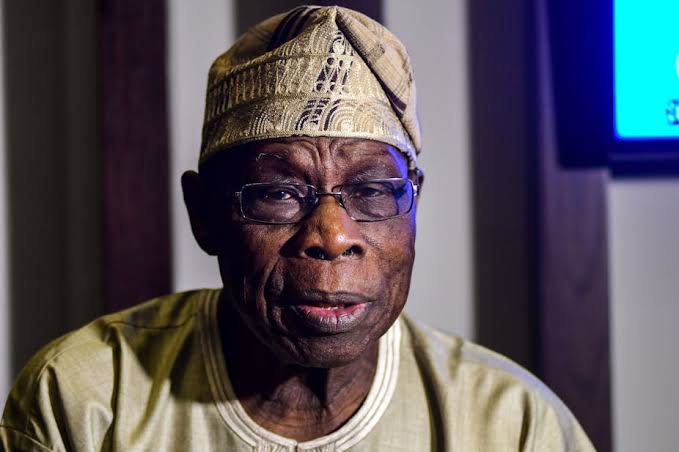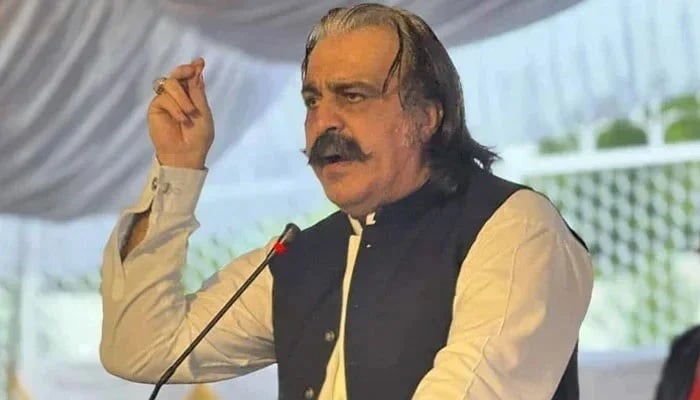Ram Mandir in the NYC India Day Parade is a symbol of hate, not heritage
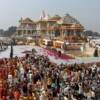
Politics tamfitronics
(RNS) — This year’s India Day Parade in New York City on Sunday (Aug. 18), traditionally a celebration of India’s vibrant democracy and cultural diversity, will be marred with a float of a model Ram Mandir, the controversial temple to Lord Rama in Ayodhya, India. Organizers who included the float insist this is an expression of Hindu heritage in India, but this structure signals a divisive ideology that threatens the very values the parade seeks to celebrate.
India’s Ram Mandir stands on the site of the Babri Masjid, a centuries-old mosque that was illegally demolished in 1992 by a mob of Hindu extremists, sparking Hindu-Muslim riots that killed at least 2,000 people, mostly Muslims. This violence was the culmination of a campaign based on the unproven claim that the mosque stood on the birthplace of the Hindu deity Ram — a claim rejected by historians, the Archaeological Survey of India and, until recently, the Indian judiciary.
The ruling Bharatiya Janata Party, which has promoted an increasingly authoritarian agenda in India, has recently faced setbacks, but the ideology of Hindutva — a Hindu nationalist movement — remains a potent and destructive force. This ideology’s threat to Indian society, particularly on Muslims and Christians, is profound and ongoing.
In the U.S., as Indian Americans become more visible in politics and public life, there is a growing need to reflect on the kind of legacy we are building. Our community must mature and take responsibility for the messages conveyed at events like the India Day Parade. The inclusion of the Ram Mandir float is not just a cultural statement. It’s a troubling emblem of exclusion and intolerance.
This marks a continuation of a disturbing trend that began in 2022 when the India Day Parade in Edison, New Jersey, featured a bulldozer — a symbol of the brutal tactics used by India’s current regime to demolish homes and lives, particularly those of Muslims. For many Americans, the inclusion of such symbols in a celebration of Indian heritage might seem perplexing. But this is more than just an internal issue for the Indian community; it’s an alarm for how dangerous ideologies can cross borders and influence communities far from their origins.

Awadhesh Prasad, center, is blessed by Swami Ram Das and other Hindu clerics at Sidh Peeth Mandir in Ayodhya, India, on June 5, 2024, the day after Indian elections. (Courtesy photo)
Yet, there are signs of hope that the days of Hindutva rule may be numbered. In a surprising turn of events, a BJP parliamentarian was recently unseated in Ayodhya, the very city where the Ram Mandir stands, replaced by Awadhesh Prasad of the socialist Samajwadi Party. Despite its predominantly Hindu population, Ayodhya chose to reject Hindu nationalism in favor of a Dalit candidate, signaling a desire for a more inclusive and compassionate vision of Hinduism. Prasad has spoken in the press as a devotee of Lord Ram: “No one can be a greater devotee of Ram than me. I am a native of Ayodhya, so who could be closer to Lord Ram than me?”
Swami Ram Das, the mahant (temple chief) of Sidh Peeth Mandir in Ayodhya, was among those who supported Prasad, even offering him his blessing along with other local Hindu religious leaders. Their cooperation sent a message that resonates far beyond India’s borders.
Speaking to me after the election, Swami Ram Das said: “Ayodhya is the land of Lord Rama, the supreme deity who accepts all people, especially marginalized people, and people of all religions and cultures. Real Hinduism teaches us love, unity and respect for other beliefs. Rama doesn’t belong to one person, one party or one religion. He exists in all of us.”
Swami Ram Das further highlighted the irony that despite the grand inauguration of the Ram Mandir being livestreamed in Times Square, he and most Ayodhya-based religious leaders were not invited. Laughing, he told me: “Why do I need to go? Ram is in my heart.”
The people of Ayodhya voted out the BJP and its divisive Hindutva politics. Instead, they embraced the inclusive Hindu faith that Swami Ram Das represents. New Yorkers can do the same.
The dangerous ideology that the Ram Mandir float represents has no place in a city known for being a refuge for the persecuted and marginalized. After all, the same Hindu nationalist regime that promoted the Ram Mandir has been credibly accused of assassinating its critics outside of India, including attempting to kill a New Yorker.
New York City, which proudly stood as a sanctuary during former President Donald Trump’s Muslim travel ban, must reaffirm its commitment to combating hate and Islamophobia. The Ram Mandir float in the New York parade is not a symbol of heritage. It is a symbol of hate. Indian Americans must ensure that our cultural expressions in public spaces reflect the diversity, inclusivity and democratic values central to both our Indian and American identities.
(Sunita Viswanath is the executive director of Hindus for Human Rights. The views expressed in this commentary do not necessarily reflect those of Religion News Service.)
Discover more from Tamfis Nigeria Lmited
Subscribe to get the latest posts sent to your email.



 Hot Deals
Hot Deals Shopfinish
Shopfinish Shop
Shop Appliances
Appliances Babies & Kids
Babies & Kids Best Selling
Best Selling Books
Books Consumer Electronics
Consumer Electronics Furniture
Furniture Home & Kitchen
Home & Kitchen Jewelry
Jewelry Luxury & Beauty
Luxury & Beauty Shoes
Shoes Training & Certifications
Training & Certifications Wears & Clothings
Wears & Clothings





